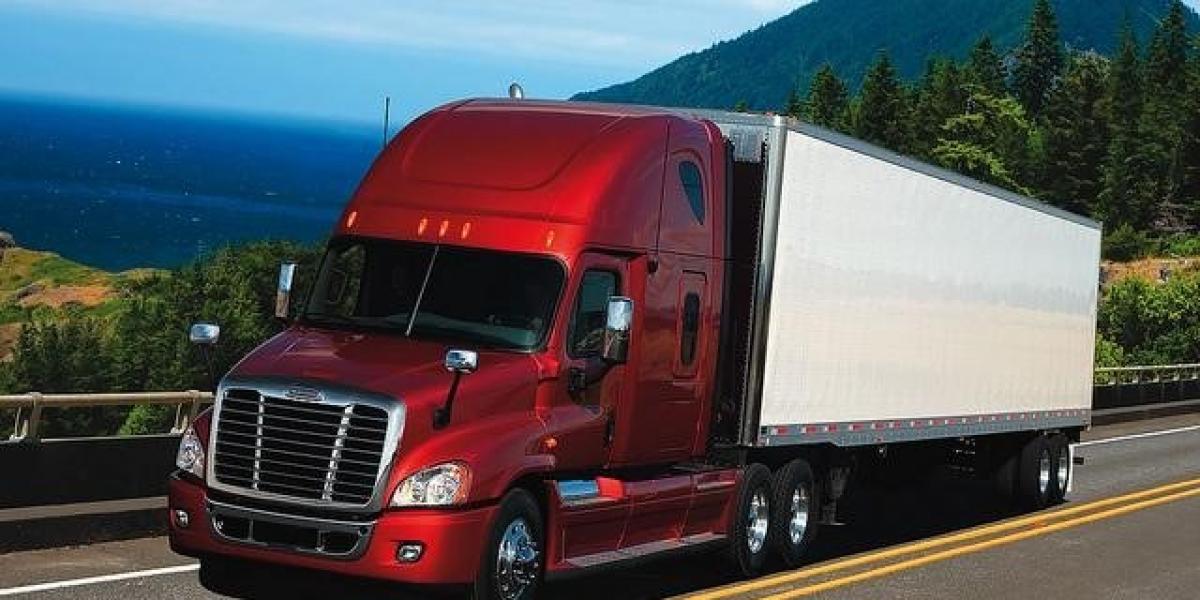You might not think it, but pallets are a vital part of the transportation and freight business. How would products and goods be carried across the country without them? You'll be hard-pressed to find anything more relevant to the transportation of products than pallets.
But how do companies go about loading and unloading pallets? While most people think it is a simple process, the truth is you’ll be surprised at how in-depth and sophisticated this process is.
The Key Equipment:
There are three types of equipment that handle pallets: forklifts, electronic and manual pallet jacks. All three have their pros and cons, but all provide the same service: the lifting, transportation, and unloading of pallets.
What makes companies choose one over the other? There are plenty of factors to consider: budget, time maintenance, logistics management and business size. For most small businesses, electronic and manual pallet jacks are enough. Larger companies that handle massive shipments and loads, getting a forklift is vital.
The Weight Of The Product:
While pallets are durable objects, they can’t carry everything in one go. There is a certain amount of weight pallets can take. This is a significant factor for transportation businesses to consider, as they will have to move it around efficiently and efficiently. This will also impact freight brokers who have to consider this logistic and sorting out how to get goods transported from one location to another.
The Four Types Of Pallet Loading:
When it comes to managing pallets, there are four types of loading options that companies consider:
- Straight Loading – This is for lighter than standard loads with an example being cotton buds. These loads are usually 30,000-35,000 kilos in weight.
- Turned Loading – This is when pallets are parked sideways and are considered light loads. The idea here is to move as much of the item as possible to make a profit. Vegetables are a prime example.
- Pinwheel Loading – This process is where some pallets are placed in a straight position, and others placed sideways. The aim is to maximise the space available. Bananas are often loaded this way.
- Distributed Weight Loading – This loading is for heavy loads like machinery. The pallets are placed in a single, then double, then single form to better distribute the weight across the transportation mode.
We hope that this vital information was helpful for you when it comes to understanding the more delicate details of pallets and their loading process. For more information about how to handle your products, contact Australia’s best team at Freight Brokers Australia.












